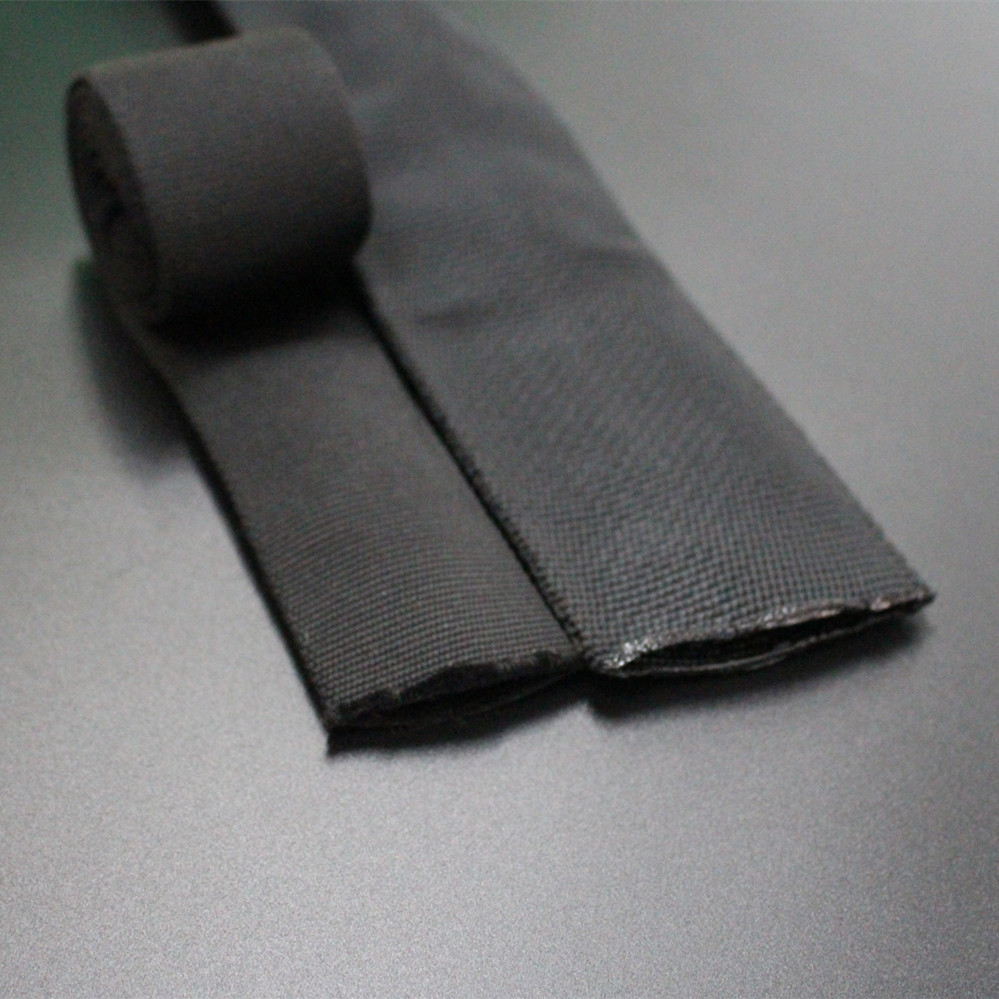1. Chemische Struktur:
-
Nylon 6: Hergestellt aus einer einzigen Monomerart namens Caprolactam. Aufgrund weniger Wasserstoffbrückenbindungen weist es eine offenere Struktur auf, was zu leicht unterschiedlichen Eigenschaften führt.
-
Nylon 66: Hergestellt aus zwei Monomeren, Hexamethylendiamin und Adipinsäure. Es verfügt über mehr Wasserstoffbrückenbindungen, was ihm eine kristallinere Struktur verleiht.
2. Temperaturbeständigkeit:
-
Nylon 6: Hat im Vergleich zu Nylon 66 einen niedrigeren Schmelzpunkt (~220 °C) und kann sich bei niedrigeren Temperaturen zersetzen.
-
Nylon 66: Hat einen höheren Schmelzpunkt (~260 °C), wodurch es besser für Hochtemperaturanwendungen geeignet ist.
3. Mechanische Eigenschaften:
-
Nylon 6: Etwas weniger steif und flexibler als Nylon 66. Es hat eine bessere Schlagfestigkeit und ist widerstandsfähiger.
-
Nylon 66: Steifer und verschleißfester. Unter Belastung behält es seine Form besser.
4. Feuchtigkeitsaufnahme:
-
Nylon 6: Nimmt mehr Feuchtigkeit aus der Umgebung auf, was sich auf seine mechanischen Eigenschaften auswirken kann.
-
Nylon 66: Nimmt weniger Feuchtigkeit auf und ist dadurch stabiler bei feuchten Bedingungen.
5. Abriebfestigkeit:
-
Nylon 6: Gute Abriebfestigkeit, aber etwas geringer im Vergleich zu Nylon 66.
-
Nylon 66: Hervorragende Abriebfestigkeit, ideal für raue Umgebungen.
6. Kosten und Verfügbarkeit:
-
Nylon 6: Im Allgemeinen kostengünstiger und einfacher zu verarbeiten, was zu einer breiteren Verwendung in einer Vielzahl von Anwendungen führt.
-
Nylon 66: Etwas teurer aufgrund des komplexeren Herstellungsprozesses und der besseren Eigenschaften.
Zusammenfassung:
-
Nylon 6 Schutzhülle: Bessere Flexibilität, Schlagfestigkeit und Kosteneffizienz. Geeignet für Anwendungen, bei denen diese Eigenschaften im Vordergrund stehen.
-
Nylon 66-Schutzhülle:Höhere Temperaturbeständigkeit, bessere Verschleiß- und Abriebfestigkeit sowie höhere Dimensionsstabilität. Ideal für anspruchsvolle Umgebungen und Hochtemperaturanwendungen.
-

